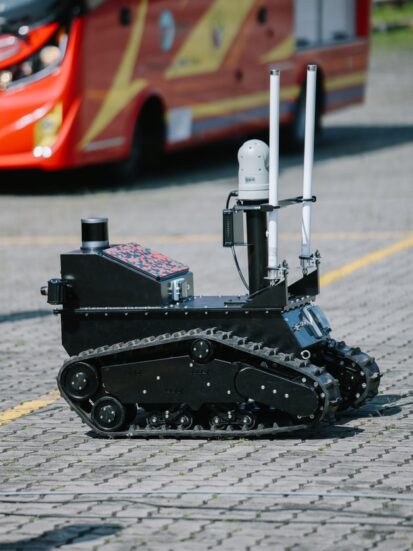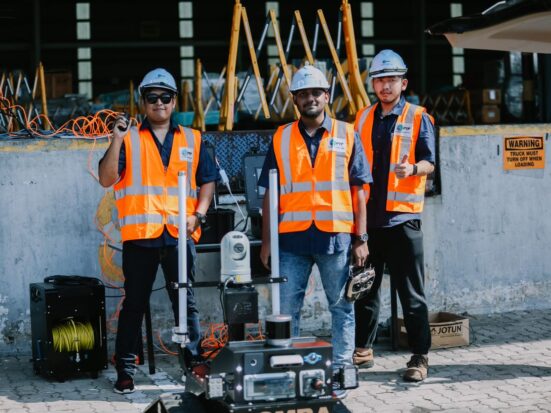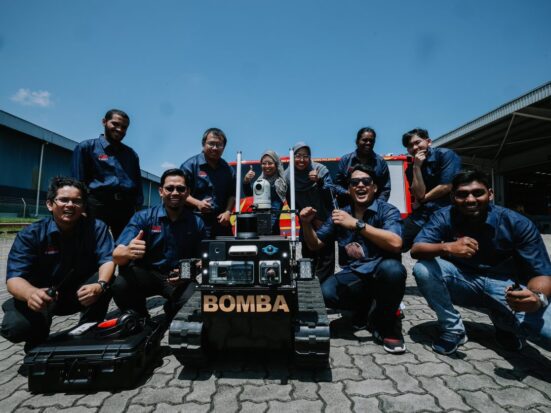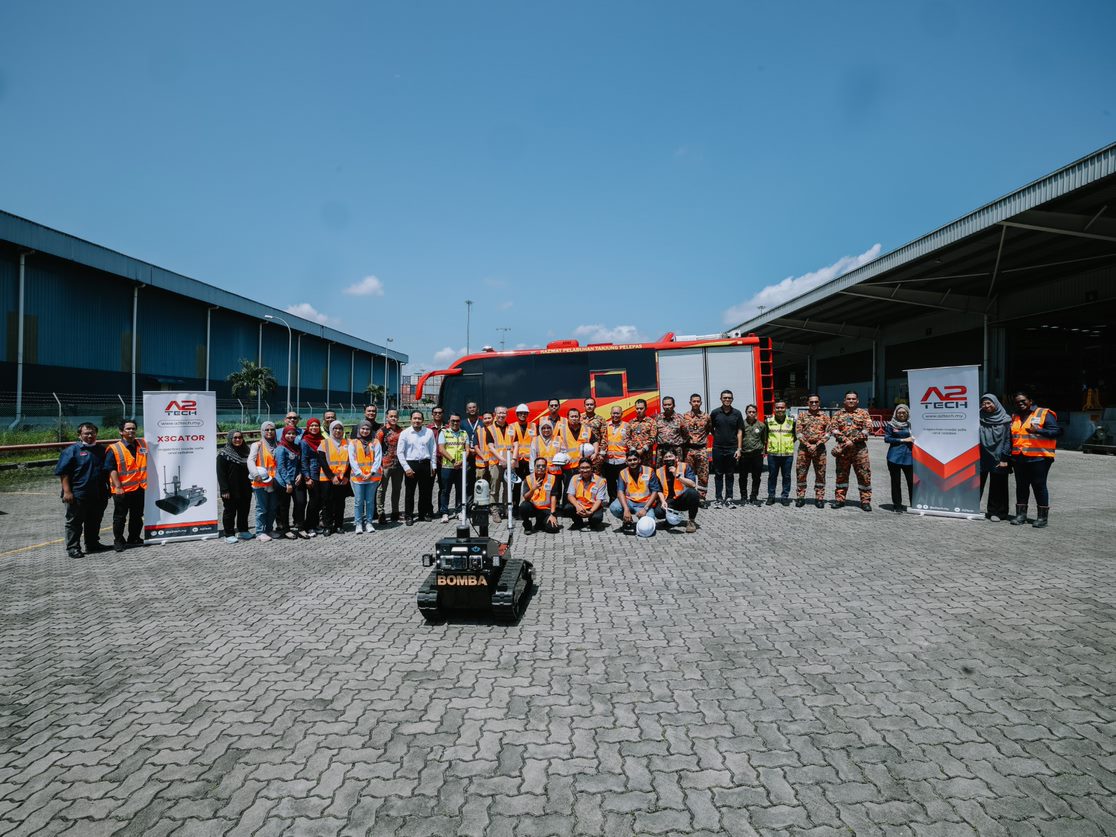By Hafizan Hamzah
JOHOR BAHRU, 15 March – The Universiti Teknologi Malaysia (UTM) and Malaysian Fire and Rescue Department (JBPM) have developed an innovative robot intended to conduct early reconnaissance Search and Rescue (SAR) mission at the location of high-risk exposure to radiation or hazardous gases.
Developed by the Centre for Artificial Intelligence and Robotics (CAIRO) UTM and the Hazardous Material Unit Team (HAZMAT) of JBPM, the X3CATOR robot integrates advanced technologies such as robotics, artificial intelligence, and 3D light detection and ranging (LIDAR) mapping to assist HAZMAT in search and rescue operations.
The CAIRO project leader, Prof. Ir. Dr Ahmad Athif Mohd Faudzi said that the X3CATOR was designed to navigate rugged terrains, detect hazardous materials and locate survivors using Artificial Intelligence (AI).
“X3CATOR is an improved version of the ARTEMIS robot with enhanced connections and sensors. It has been designed to operate via a wireless system that can work in open and closed areas.
“The 3D LIDAR technology maps the surrounding environment and retrieves mapping data to identify hazardous regions. Moreover, there is communication between the robot and the operator to alert survivors in hazardous regions”, said Prof. Athif.
He said this after the demonstration session to test the X3CATOR SAR Robot’s capabilities conducted in a warehouse at Tanjung Pelepas Port (PTP) with the HAZMAT team today.
The session simulated a gas leakage and radiation source. The X3CATOR robot successfully detected humans and mapped the gas location using its LIDAR and gas sensors.
“The X3CATOR is an innovative solution that will help the team in their efforts to save lives during emergencies. We would like to thank and express our gratitude to the Ministry of Science, Technology and Innovation (MOSTI) for their unwavering support through the MYHackathon programme that enabled us to complete the development of this robot in time for JBPM.
“We also look forward to collaborating in developing a robust and effective system for an early reconnaissance robot,” said Prof. Athif regarding the project.
The Inspection Robot project was completed within six months and evaluated meticulously before deployment for JBPM use.
The research and development team includes Muhamad Hazwan Abdul Hafidz, Chia Ming Lok, Al Mominul Haque Badhan, Jothi Letchumy A/P Mahendra Kumar, Shaekh Mohammad Shithil, Nurul Shafiqa Mohd Yusof, Asmafarhana Ibrahim and Wessam Hamed.







